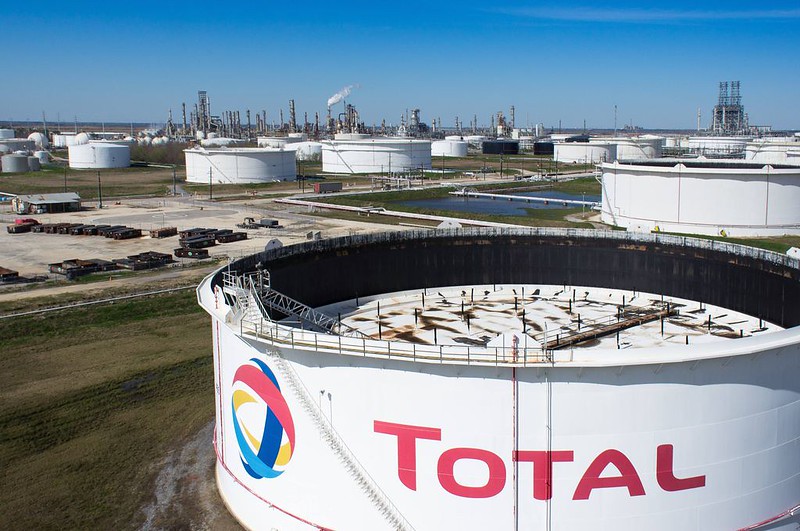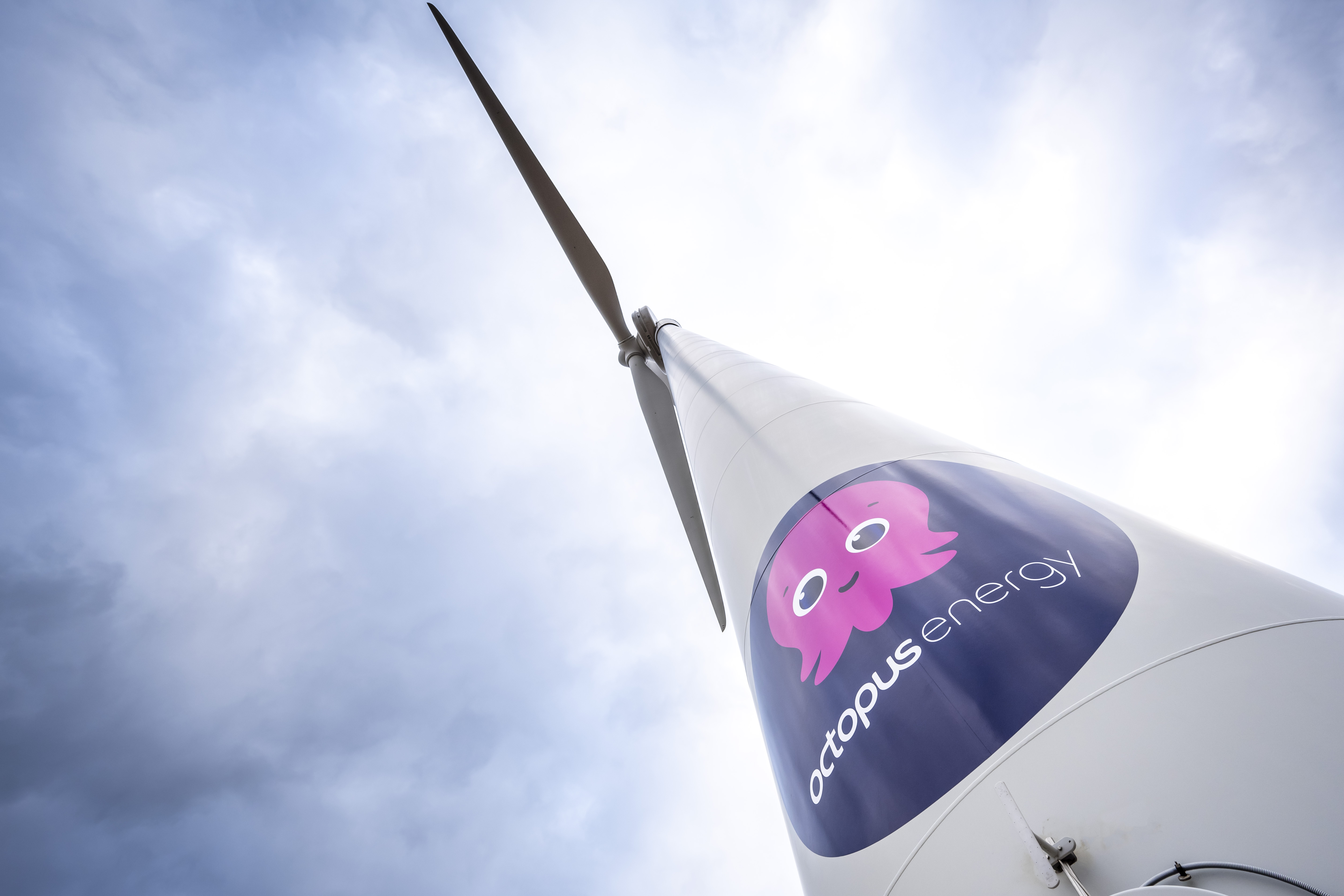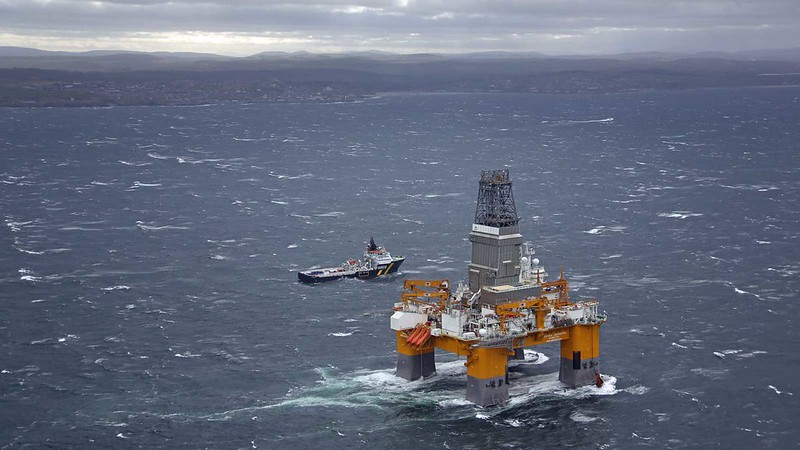According to the IEA’s 2021 update of its Methane Tracker, oil and gas operations worldwide emitted more than 70 million tonnes of methane into the atmosphere last year. This is broadly equivalent to the total energy-related CO2 emissions from the entire European Union.
Although methane emissions from the global oil and gas industry fell by an estimated 10 per cent in 2020 these emissions could rebound strongly without greater action by companies, policy makers and regulators.
Methane is a much more potent greenhouse gas than carbon dioxide and makes a major contribution to global warming.
The new IEA analysis indicates that a large part of the drop in methane emissions in 2020 occurred not because companies were taking more care to avoid methane leaks from their operations, but simply because they were producing less oil and gas. As such, there is clearly a risk that this downward trend will be reversed by an increase in production to fuel a rebound in global economic activity.
IEA analysis highlights that reducing methane emissions is very cost-effective for oil and gas companies. Unlike CO2, there is already a price for methane everywhere in the world – the price of natural gas. This means the costs of improving operations or making repairs to prevent leaks can often be paid for by the value of the additional gas that is brought to market.
The new IEA report, Driving Down Methane Leaks from the Oil and Gas Industry: A Regulatory Roadmap and Toolkit, offers a step-by-step guide for anyone trying to develop or to update regulation on methane. Its advice draws on analysis of how more than 50 countries, states or provinces – from the US to Nigeria, from Iraq to China and Russia – have tackled methane emissions from a regulatory perspective.
Latest News
-
National Grid announces £2.3m funding to help vulnerable households
-
Charities and NHS to benefit from logistic firms’ apprenticeships funding
-
Tesco calls for national data framework to support green farming
-
Employers partner with charity to improve support for kinship carers
-
Met Office links up with aid charity to improve climate emergency response
-
Building Society names next charity partner
© 2019 Perspective Publishing Privacy & Cookies









Recent Stories